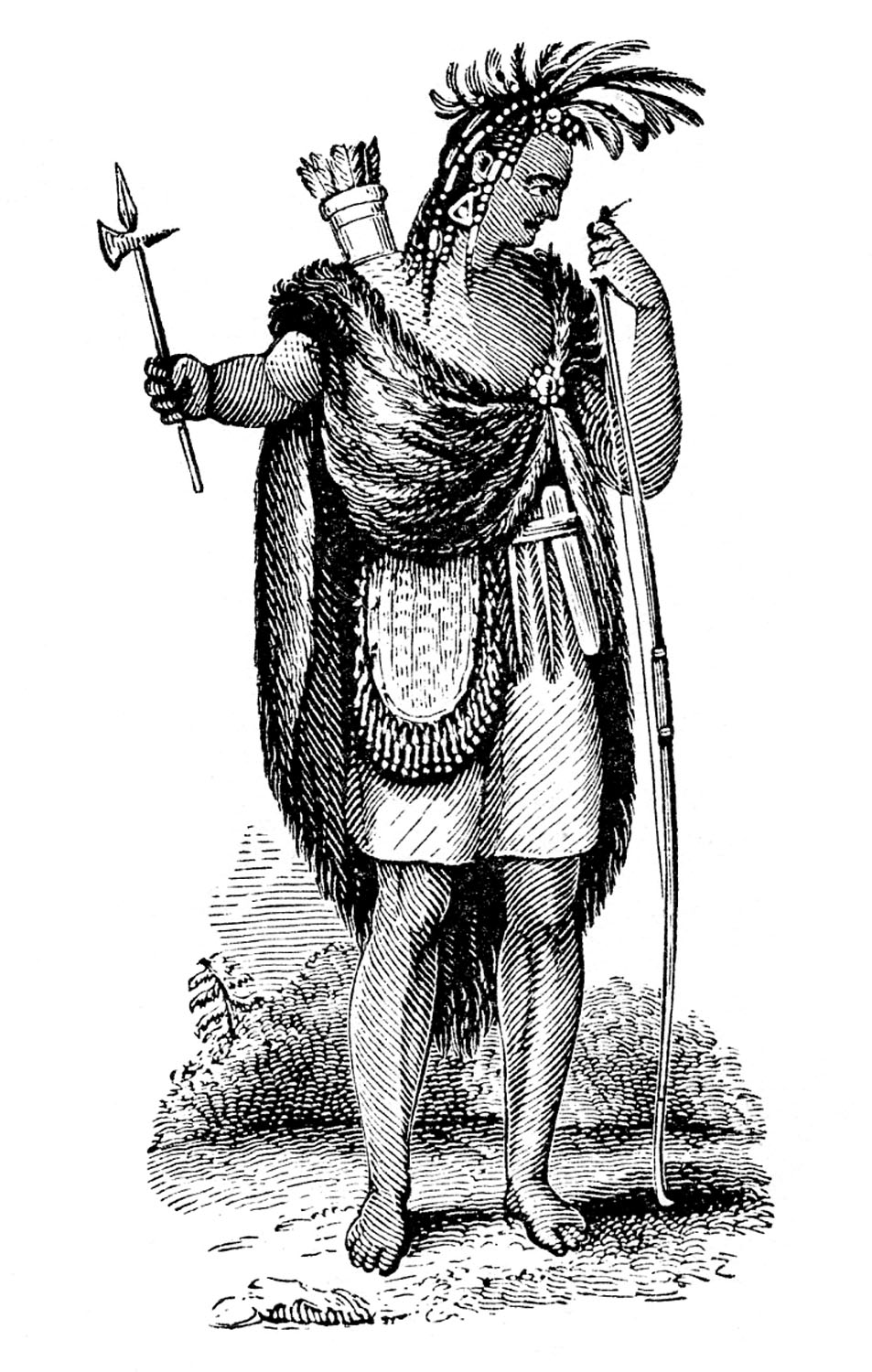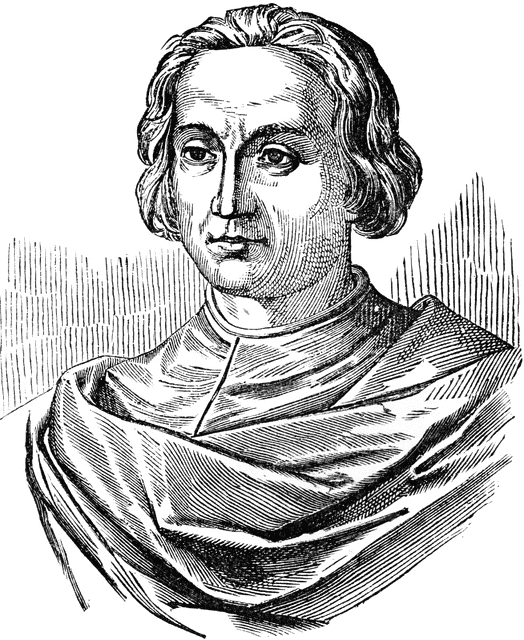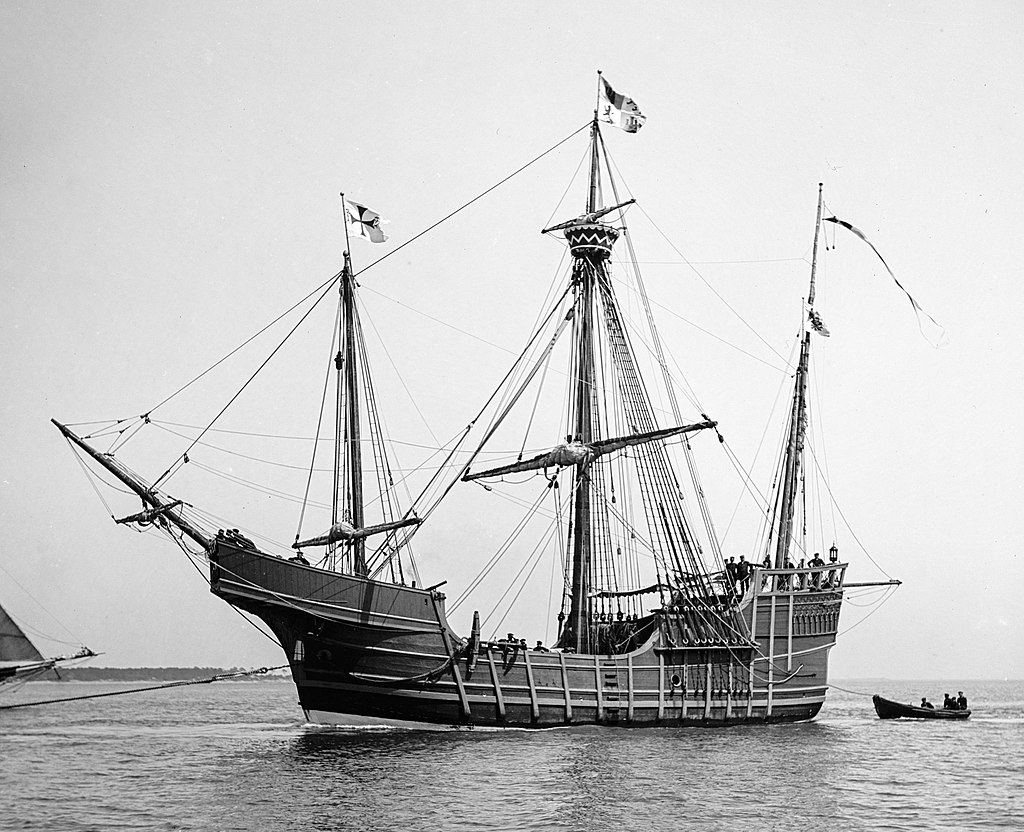- Home
- Social Studies
- First Americans
First American Inhabitants
First American Inhabitants
Before a single European set foot in America, the New World, great civilizations had already arisen, flourished, and disappeared. When Europeans arrived at the end of the fifteenth century, as many as 20 million first American inhabitants were already living out their lives, just in the lands north of what would become known as the Rio Grande.
Thousands of years earlier, most of these people had come from Asia across the Bering Strait in a slow migration to present day Alaska. They eventually moved further south, finally settling in areas throughout the continents that would come to be known as North and South America.
Diverse and Varied Peoples

The diverse populations lived in towns and villages. They sustained themselves through farming, irrigating land to grow corn and other crops. Others lived in palaces of 200 rooms carved out of cliffs. Some roamed the plains hunting caribou and gathering food. Some fished and caught ducks using decoys.
Complex social and religious beliefs were established two centuries before the arrival of Columbus. Cahokia, a ceremonial area on the Mississippi River near the present-day city of Saint Louis had a population of 30,000 - the same as London.
At the time of Columbus' first voyage of discovery in 1492, over 1,000 separate native tribes spoke about 200 separate languages. The lifespan of the indigenous Americans - about 35 years - was the same as for Europeans. The lives of the first Americans lives were as rich and varied as anywhere on Earth.
Is the World really round?

Italian-born navigator and explorer Christopher Columbus (1451-1506)
set out from Spain in 1492 to find a new, faster route to Asia by
sailing to the west instead of to the east, as all previous sailors from
Europe had done. His goal was to reach the Indies, the fabled land of
wealth where others had gone and returned with riches such as spice
and silks. The Spanish king and queen, who thought such a trip would be a
good investment for the future of their empire, gave Columbus the
financial backing he needed.
In the fifteenth century, the era when Columbus planned his voyage, basic geographical information about the globe was contained in atlases such as the 1482 edition of Claudius Ptolemy's second century Cosmographis. While the information in it had changed very little since the times of the Roman empire, by 1492 most Europeans believed that the earth was round - although they underestimated the size of the globe.
 |
Santa Maria - replica ship
As a great navigator and fearless adventurer, Columbus tested the idea of a round earth by setting out on unknown seas in three very tiny ships: the Niña, the Pinta, and the Santa Maria. |
He sailed for weeks out of sight of land while his crew became more and more terrified of the seemingly endless ocean. When finally in October 1492, they made landfall in the Caribbean. Columbus was certain that he had reached the Indies - and thus misnamed the all inhabitants "Indians."
Even after a second and third voyage to the Caribbean and much evidence to the contrary, he continued to identify this new world as the Indies and its first American inhabitants as Indians.
Columbus' great legacy is that he opened an age of travel and exploration unprecedented in history. He accelerated contact among very different peoples, changing the future of the world.
First American geography
A German and an Italian named the Americas.
In 1507, Martin Waldseemüller, a German mapmaker, was putting together his Introduction to Cosmography, which summarized all the geographical knowledge about the globe up to that moment.
In 1499, eight years earlier, an Italian navigator, Amerigo Vespucci, set sail from Spain to explore the new lands Columbus had visited and to go beyond where Columbus had sailed.
Vespucci found the mouth of the Amazon River and realized that he had made landfall on a sizable continent. Vespucci's outstanding geographer knowledge led him to a calculation of the earth's circumference - he was correct to within a few miles. He also kept precise notes about all the regions he visited.
When Waldseemüller saw Vespucci's notes were better than anyone else's, he was convinced that Amerigo had discovered the "New World." (Vespucci was the first to use this term). In Waldseemüller's work, the Introduction to Cosmography, he named the new continent in honor of Amerigo. Later, when Columbus' previous voyages became more well-known, a name change in his geography work was too late - the name "America" was the name that stuck.
|
Antes de que un solo europeo pusiera pie en el Nuevo Mondo, grandes civilzaciones habían ya florecido y desaparecido. A fines del siglo XV, cuando los europeos llegaron al Nuevo Mundo, vivían aquí aproximadamente 20 millones de personas, si se cuenta solamente la zona al norte de Rio Grande. Hacía miles de años que la mayor parte de esas personas habían llegado del Asia en una lenta migración a través del estrecho de Bering, a lo que es hoy día Alaska. Con el tiempo, se desplazaron hacia el sur, para establecerse finalmente en diferentes regiones a todo lo largo de América del Norte y del Sur. |
... for more ... see the Library of Congress.
Okay, so now I've put on some ads from Amazon - from which I may earn a few cents. (2025)






